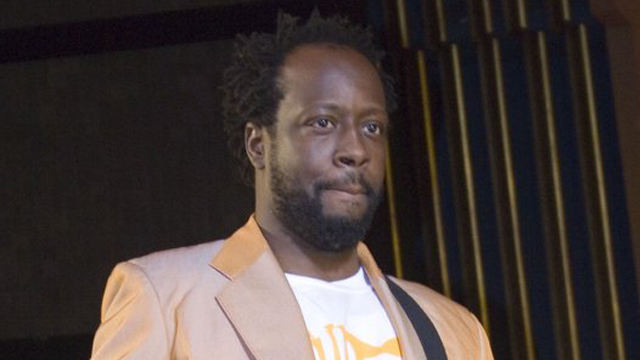“Sniff-Detector” Helps the Severely Paralyzed Communicate

Some time ago, we looked at EyeWriter – an innovative eyetracking device that allows paralyzed patients to write with their gaze. Today, we’re turning to another form of sensory input – sniffing.
A new “sniff-detector” technology developed by Anton Plotkin and Lee Sela of the Weizmann Institute of Science in Israel enables a patient to move the cursor on a screen simply by breathing in and out. The software measures the pressure inside the nasal cavity and converts the data into electrical signals that are passed to a computer via a simple USB connection.
The technology was developed almost accidentally as researchers were studying the way our brains process the sense of smell. Using a smell-measuring device called an olfactometer, which emits waves of smell to see how sensitive a person’s senses are, the team rigged the olfactometer so that subjects triggered the odor pulse themselves by sniffing, revealing the sniff as a fast and reliable trigger.
The software appears to offer a lifechanging mode of self-expression for a sample of severely paralyzed patients, particularly those with “locked-in syndrome”, who are completely unable to move or speak but remain fully lucid and aware.
It would be interesting to see an intersection of various sensory inputs that empower the mobility-impaired to bridge the gap between their brains and their bodies – if EyeWriter works, and the sniff-detector works, wouldn’t a combination of the two work even better, offer even richer benefits? It is questions like this that emphasize the ever-increasing importance of cross-disciplinary collaboration between designers, engineers and scientists.
Maria Popova is the editor of Brain Pickings, a curated inventory of miscellaneous interestingness. She writes for Wired UK, GOOD Magazine and Huffington Post, and spends a shameful amount of time on Twitter.





